interview
CELINE SCHROEDER
artist
︎ The Netherlandsmarch 11, 2020
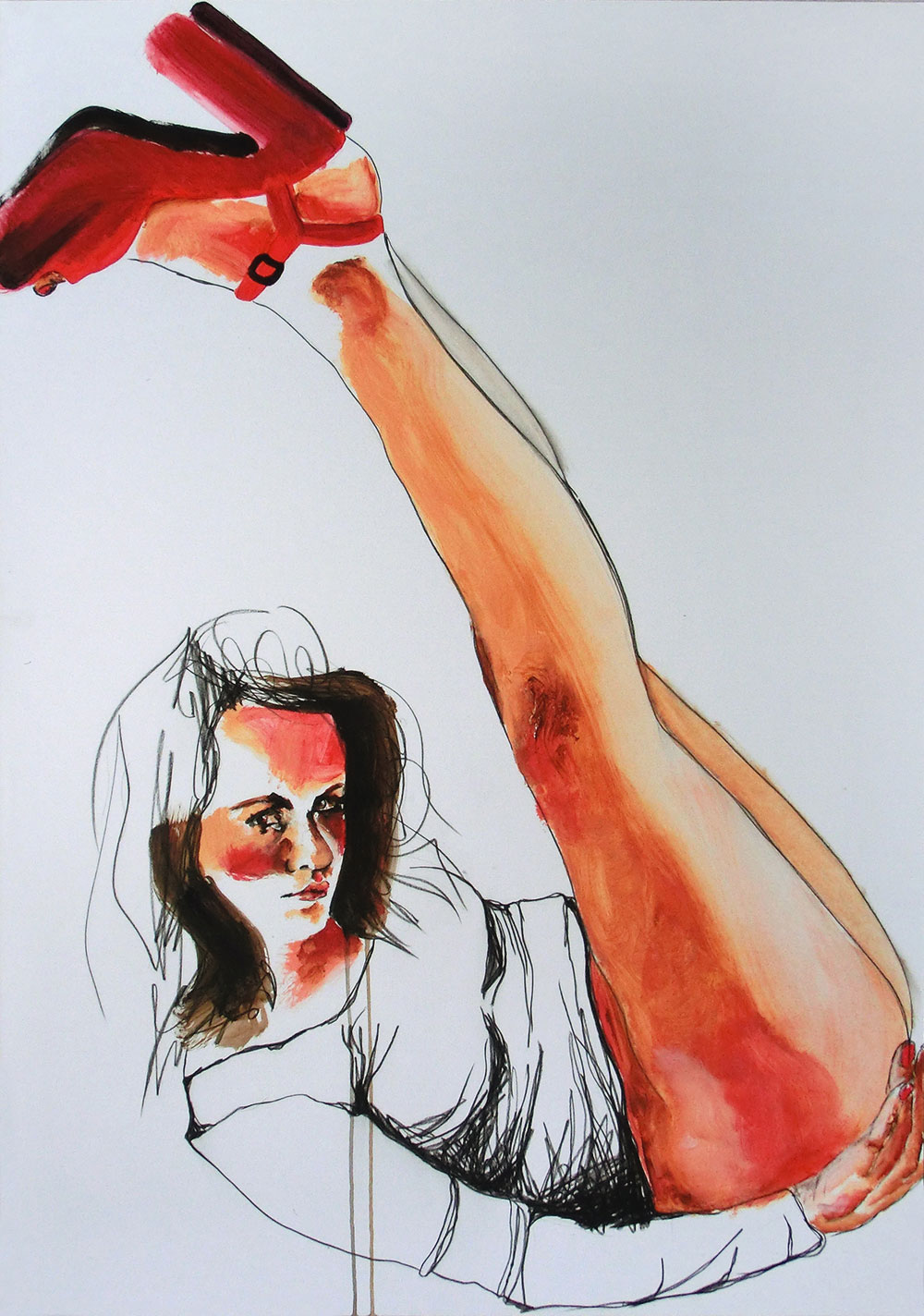


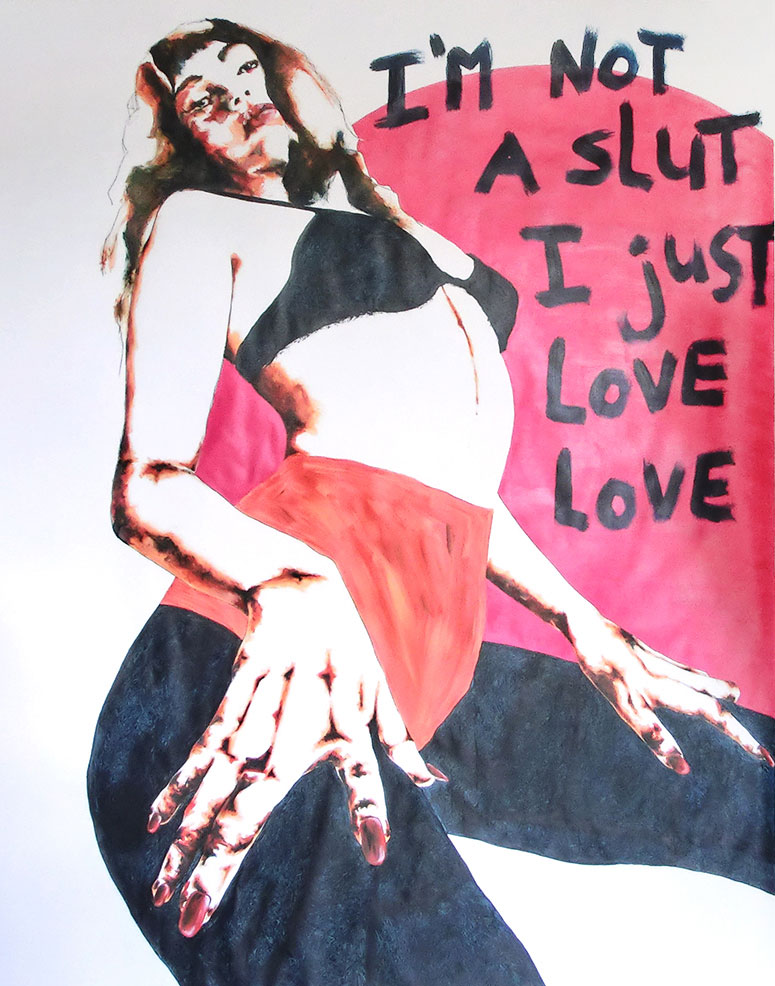

Could you please introduce yourself a little? Where are you from and how did you start to explore art?
I was born and raised in a small village in the south of The Netherlands, really close to the German border. My father is German, so I grew up in both a Dutch and a German family. My father is an artist, he makes a living as a graphic designer. So I grew up in a household where there was always art around me and my little sister. The house was filled with his paintings and art-posters of exhibitions we went to. This was so normal to me, that sometimes I did not understand the reactions of other kids as they came over to play: they found our house so different and interesting (there were also some nudes which I did not understand the reactions to either, it was just our normal surrounding).
Do you have any formal art training? If so, what did art school do for you artistically, if anything?
I did not plan to become an artist, I wanted to become a dancer. I love to dance and move. When I was sixteen I broke my kneecap, and my dream was over. I did not know what to study. At my high school they made the old fashioned suggestions of either becoming a nurse or a secretary. The only thing I knew was that that was not a thing for me. My dad told me that if a door closes, a lot of windows open... so without a lot of thinking I applied to art school in Rotterdam and I got in. Maybe because it felt like the most natural thing to do. At the age of 17 I moved from a small village to a real city. That was in 1998.
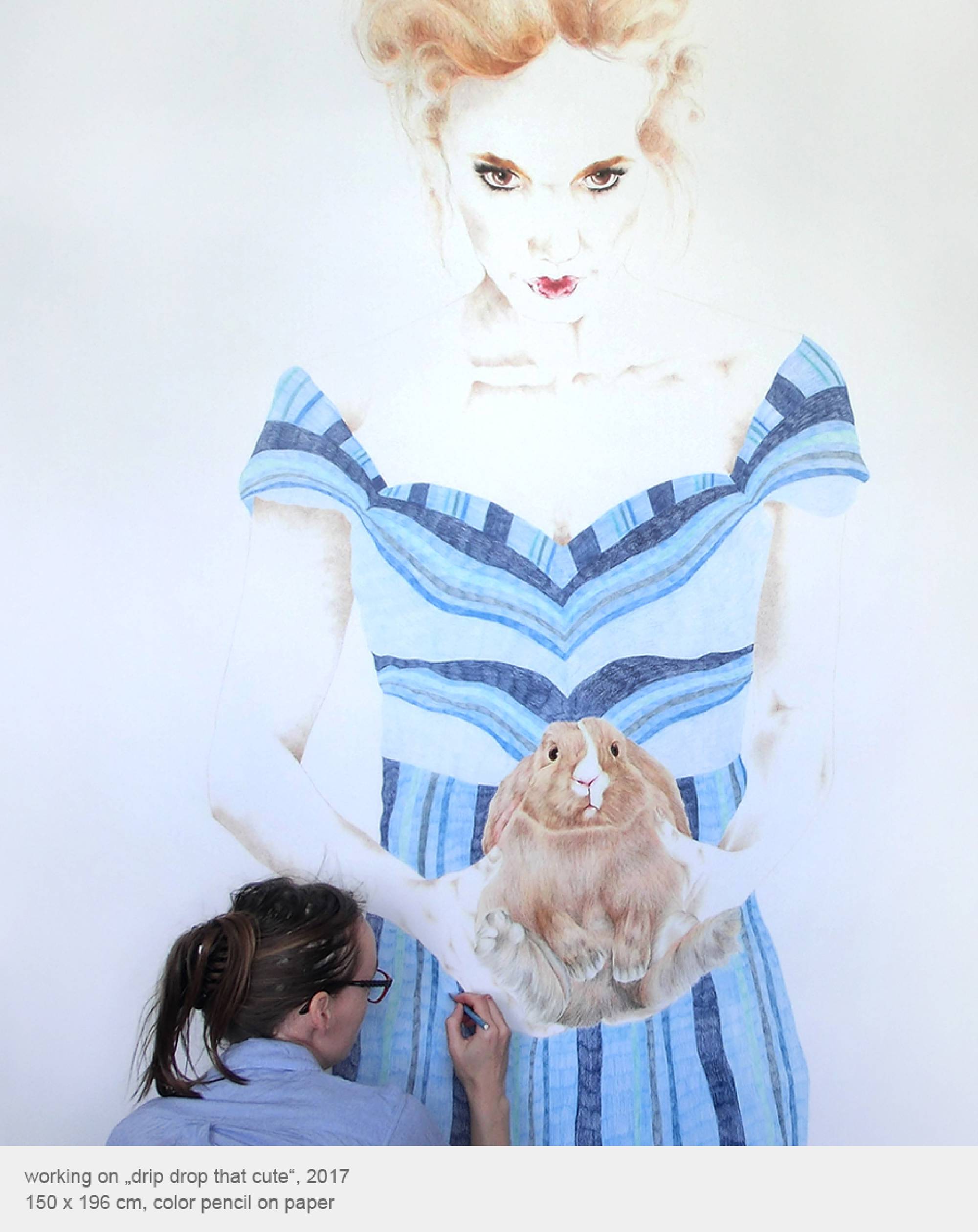
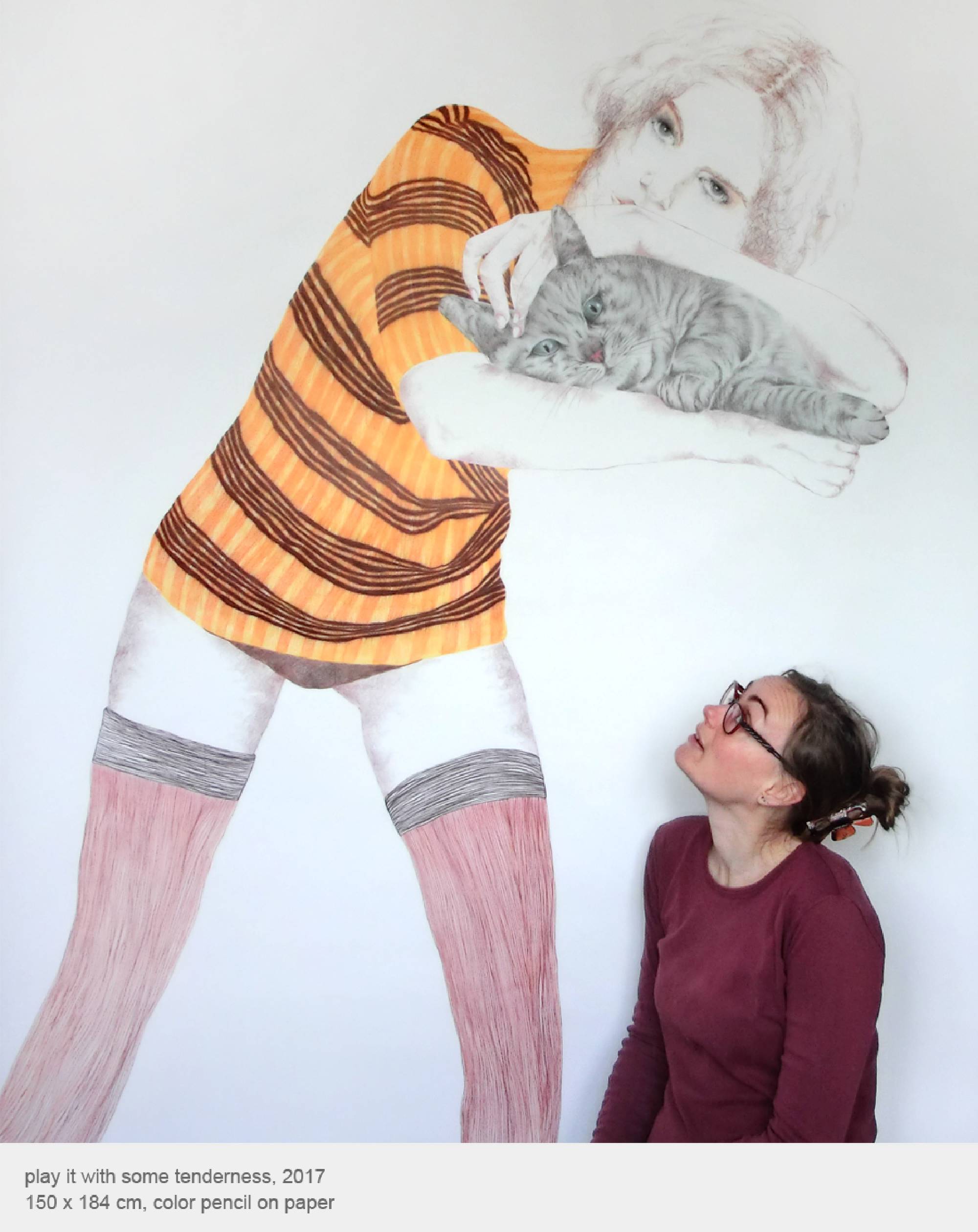

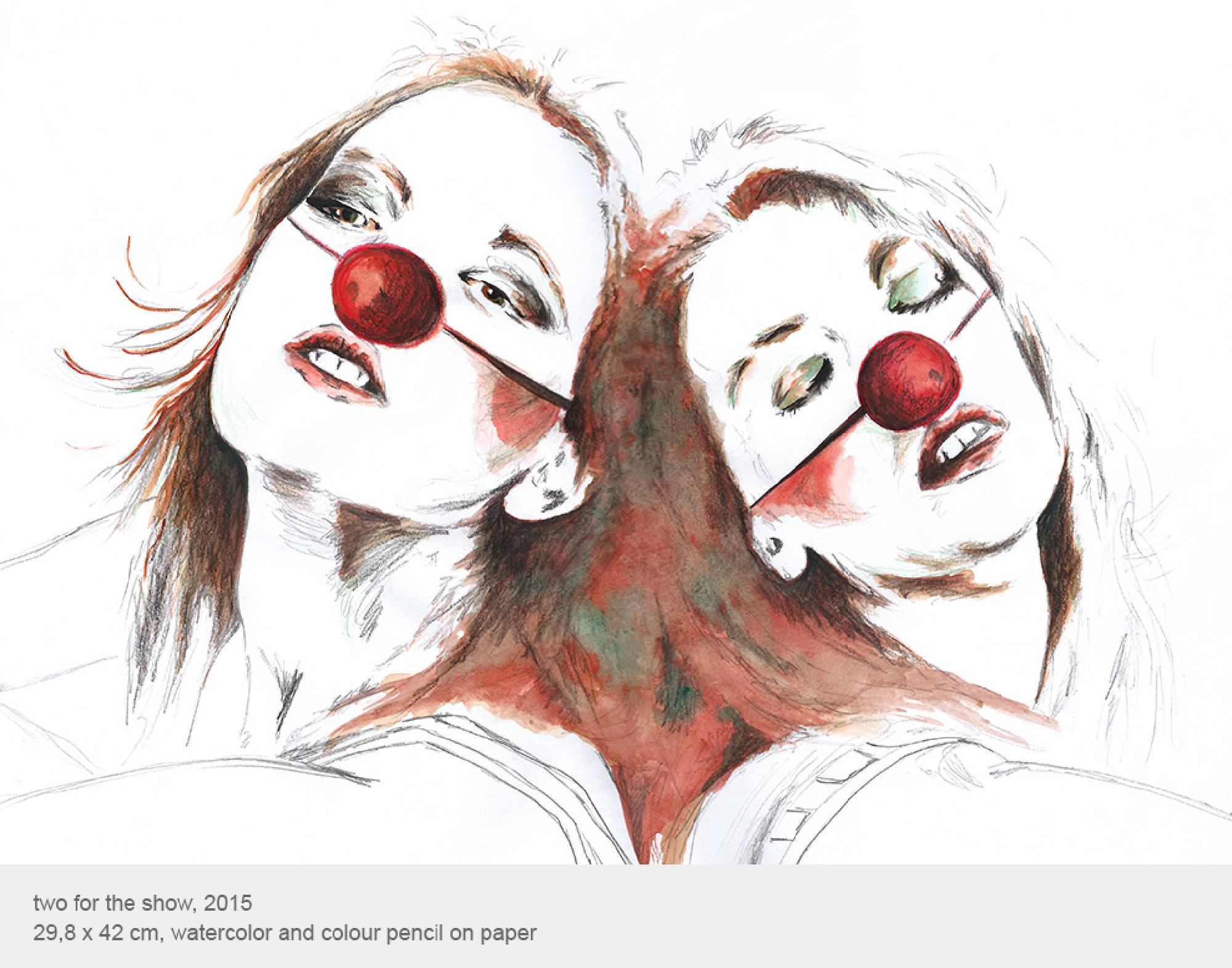
All of your work is about women...
In the second year of art school you had to start to make your own work and develop ideas. I didn't know what to do and so I painted a woman. That was the only thing I knew, where I could relate, and knew how it felt. I kept doing this for a while and at first I just got painting advice from my teachers. After a while, they asked me about why I painted them, but the important thing that changed everything was their feedback. I should tell you that my teachers where all white, older men, which became an issue (it shouldn't have, but it did). I could not understand their feedback. I made them angry, or they didn't know how to comment. They told me I made porn and that I should stop doing that. They told me I was becoming something like a feminist and that that was a bad thing. I had never even thought about stuff like that, but it became a trigger. Instead of listening to them and stopping what I did, I started to look for information. You must keep in mind that during that time there was no social media. So I searched for essays or books, anything, and asked my teachers about female artists. They came up with Frida Kahlo. That was it.
The other thing was that I was interested in painting, drawing, photography, and sculpture, but also making video. I combined a lot of these things. My teachers didn't like that either, and told me that later on a gallery wouldn't be able to sell my stuff if it was not clear what I was, either a painter, or a sculptor, or something else. I was not interested in that at all, I just wanted to learn and explore things. I was still so young. I don't know how, but in the end I got my bachelor’s degree.
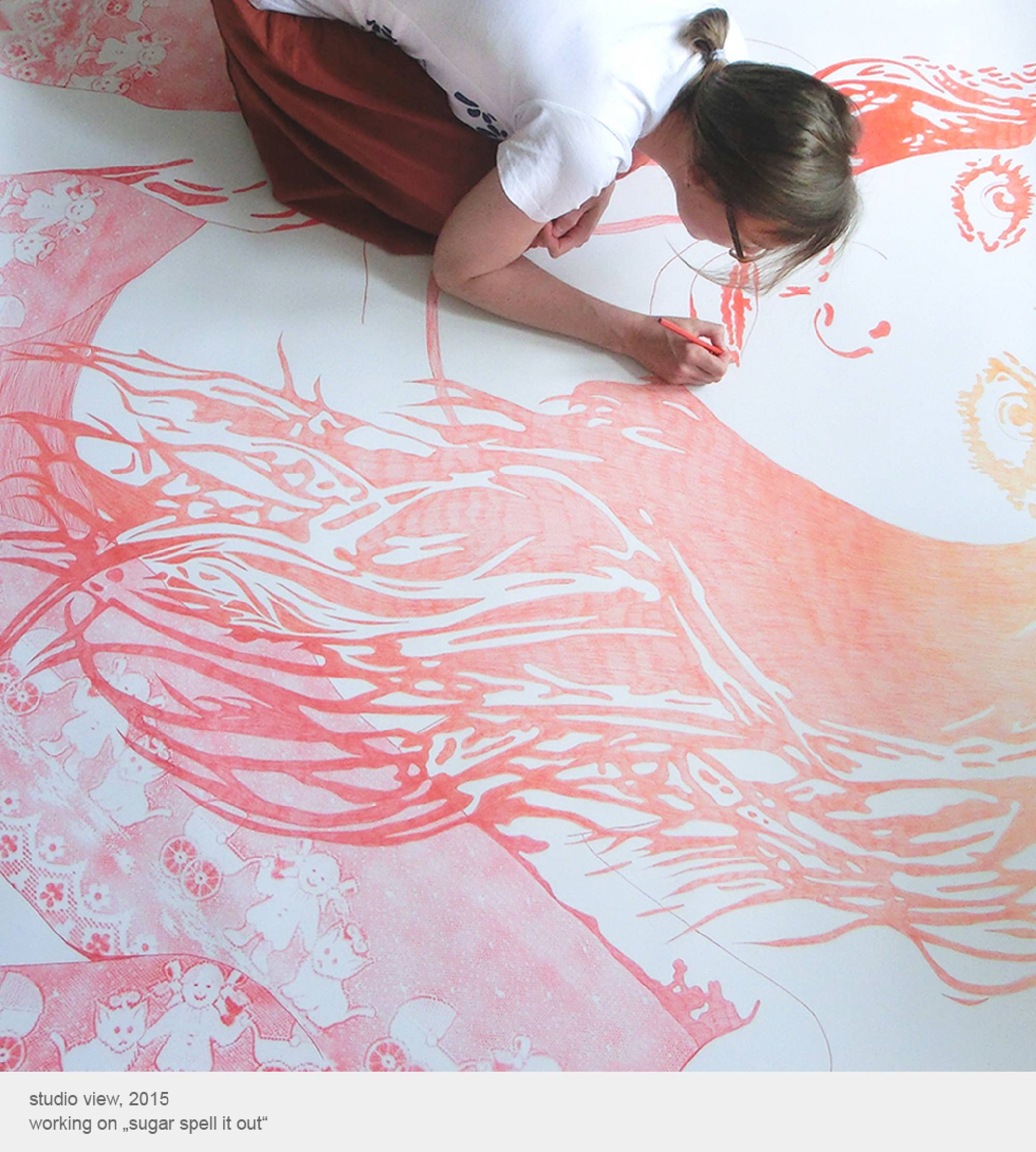

During the last year in Rotterdam I became so interested in making video-art that I wanted to learn more about it. They had no teacher in Rotterdam for that at the time. So after I graduated I wanted to do a master’s degree in art but didn't find a school in The Netherlands that had video in their programme. At that time I became a fan of the work of Pippilotti Rist. Her work was so different to what I was used to! Somewhere I read about the school she had gone to, which was in Switzerland. They had no master’s degree at the time either, but they had a video- and performance programme. I got a grant from a Dutch art programme and that gave me a chance to apply in Basel and move to Switzerland. I got in and moved there in 2003.
At that time I was very defensive about my work: I immediately started to explain my art if someone asked. I'm not a feminist! Feminism is not a bad thing! And so on. In Basel, they didn't understand why I was so angry. It took a while but everything changed again over there. I had three wonderful teachers, two of them were women. It shouldn't make a difference, but in my case it did, big time. I made videos and did live performances and started to make digital drawings. One of the teachers helped me a lot to use different words and to make up my mind about what my work was and is about.
Sometimes I wonder if I would make a different kind of work today if my start in art school wouldn’t have been so conventional/typical. It formed me and it stuck with me. It still really makes me very angry when I read about women's rights, or when I get treated differently. The harassments that almost every women has to deal with. The beauty industry, the insecurity I feel not to look like that. The struggle with food, and dealing with the fact that you can't be too sexy, but should be sexy. All the difficulties we have to deal with. Is my work just another cliché? So that is why I work with the same subject since I started to make art. It is a mix of very personal but also global issues and rights. Social media brought some new influences to that. If you want to get information or find artists that work or care about the same things, it is now all over the place. If I'm having a bad day, it feels like I'm falling behind. That I just started at the wrong time with my art and that I had to figure it out all by myself, and that now there is all this information – in text and in images – to grab. But most of the days it feels great that all of this is finally out in the open and that my struggle is not just mine.
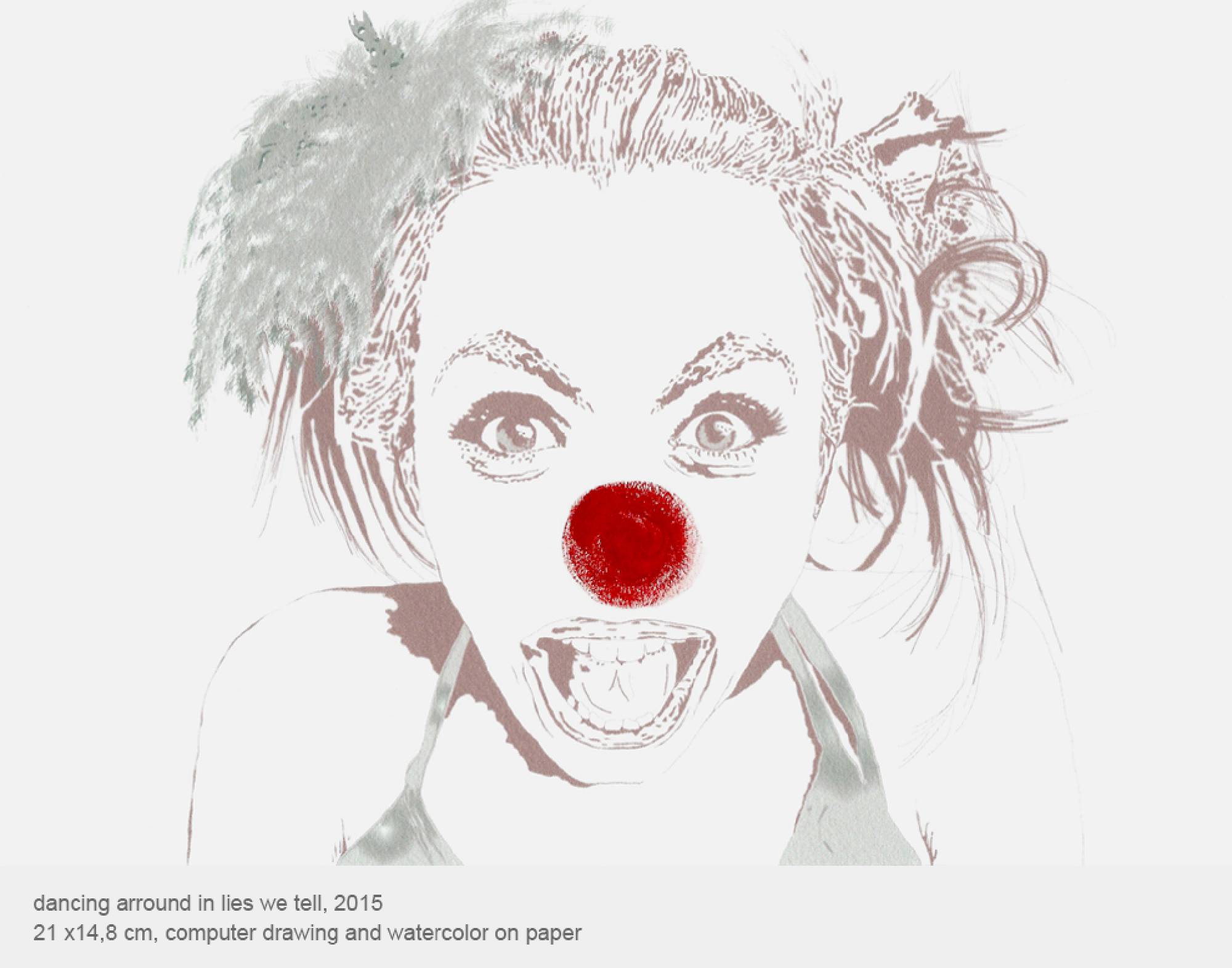

Would you like to talk a little about the process behind your work? What are some of your rituals when making art?
I always worked with found images. In the beginning, they were images from newspapers or magazines. Now it is mostly the internet. I collect them. My computer is filled with images that trigger me or that I find interesting. A lot of them I never use. I put them together, I change them, make them my own, and then I paint or draw them. And I still sometimes make videos or animations. For a long time, the only thing I did was drawing, but since about a year ago I started using paint again. I use paint on the same paper I draw on, because then I can work big. For a couple of years that is a thing of mine, that I love to work big. My dream would be to have enough money to rent a really large studio so big canvasses would fit in! And that I could leave my work for a while on a wall to look at when it is finished. At the moment I have to put it away because I have only one wall that I can use to work on. When I start to work on a big piece I always have music on. I have different phases with different kinds of music. During a particular phase I often listen to the same album or song. And when I look at an old piece created during that period, I hear the music that it was created to again. When I make a small design, sketch or small piece, I listen to podcasts. It is an entirely different kind of energy.
Some of your work could be considered provocative. Can you tell me a little about how people respond to it? Online and in real life.
I now live and work again in The Netherlands. My work is not shown often in public. I don't have a gallery. As I said before, when I started, there was no social media. So the only people who saw my work where teachers and other students, and later, after I had graduated, I had some shows. That is why I started a blog back in the day, and why I now show my work on Instagram and Facebook. It is the only way to get feedback if your work is not in a show, or if you want to be seen. I always had the experience that either people love or hate my work. There is rarely something in between. I want my work to be seen, but I find it difficult to stand next to it in shows. I don't like to talk about my work, because I think I'm very bad with words, so of course that has an influence on me standing next to it. That means I'm also very bad at networking and making connections. Maybe my work would be in more shows, maybe not. It sounds like a cliché that I just want to make my work, but it's true... Sometimes I'm a bit nervous to post something online, but the reactions are for the most part positive. If people are offended by it, they just unfollow me without a comment.

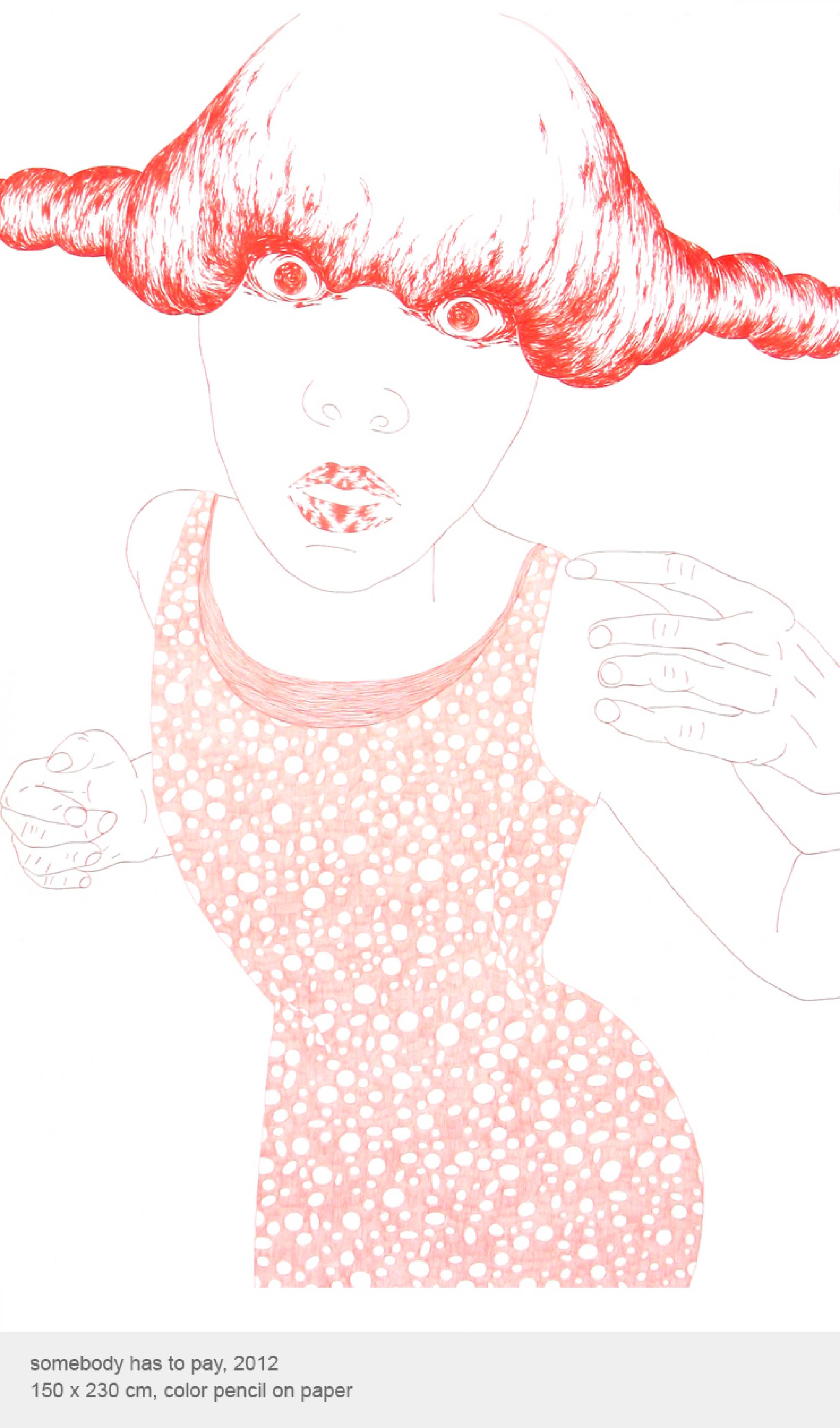

Who are some of the artists you admire?
The first artist I ever admired was Niki the Saint Phalle. A woman who made art, wow! And it stayed that way: I admire female artist where I somehow feel or recognize the things that also interest me. Or who I can just look up to. In art school, it started with Cindy Sherman, Marlene Dumas, Valie Export, Marina Abramovic, Nan Goldin, Orlan, Carolee Schneeman. Later on Pippilotti Rist, Kiki Smith, Jenny Saville, Sarah Lucas, Louise Bourgeois, Vanessa Beecroft, Tracey Emin, Elke Krystufek, the Guerrilla Girls, Jenny Holzer. For the last couple of years I got a lot of inspiration from artist on Instagram. There is so much to see once you start scrolling! I don't do that too much because it makes me insecure at the same time. But there are a lot of great artists out there who are working now, at the same time that I am, and on the same topics. And that I can see that is amazing!
Celine Schroeder ︎ ︎ ︎ ︎
interview: Petra Zehner